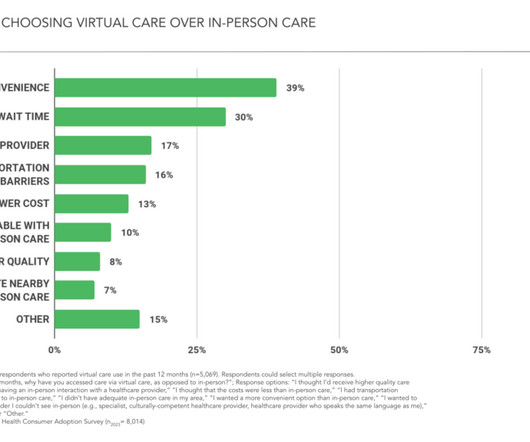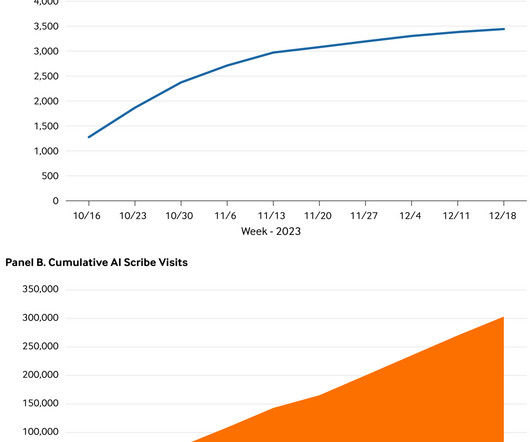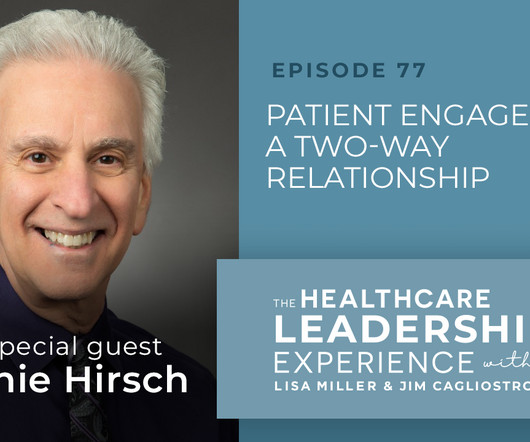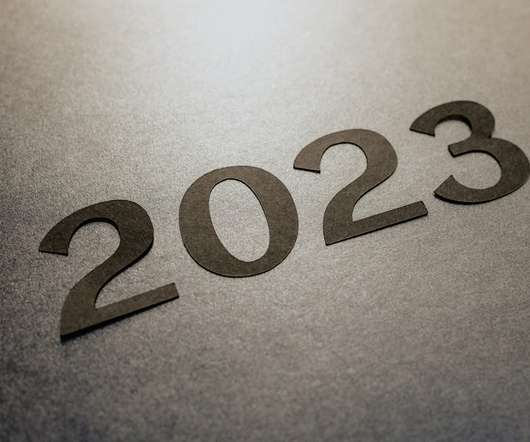Why Healthcare Innovation Needs Human-Centered Principles
HIT Consultant
AUGUST 16, 2021
In a new era increasingly shaped by remote care, digital tools, and disruptive products, services, and operating models, we must ensure that human beings are at the center of our healthcare innovation. So far, healthcare organizations and facilities have had to work quickly to deliver care on a functional level.















Let's personalize your content